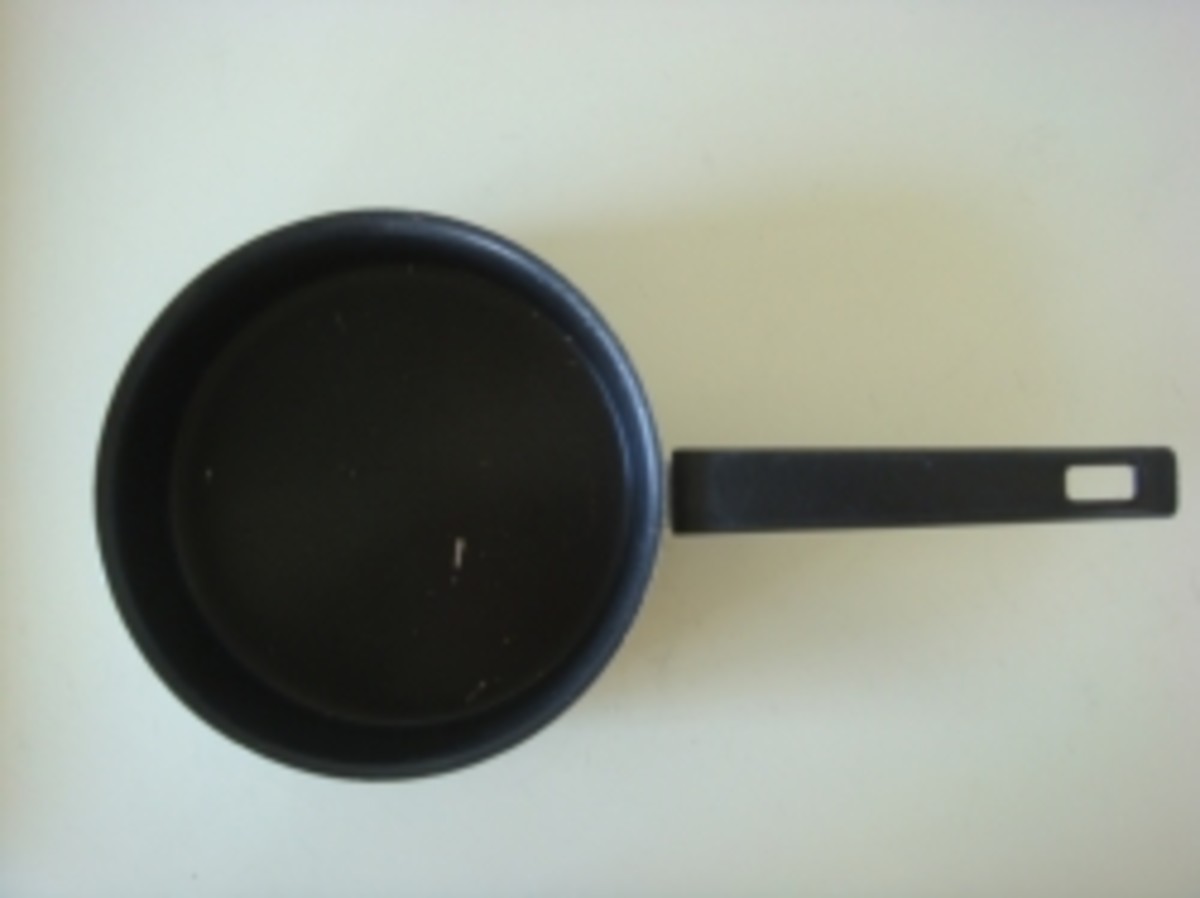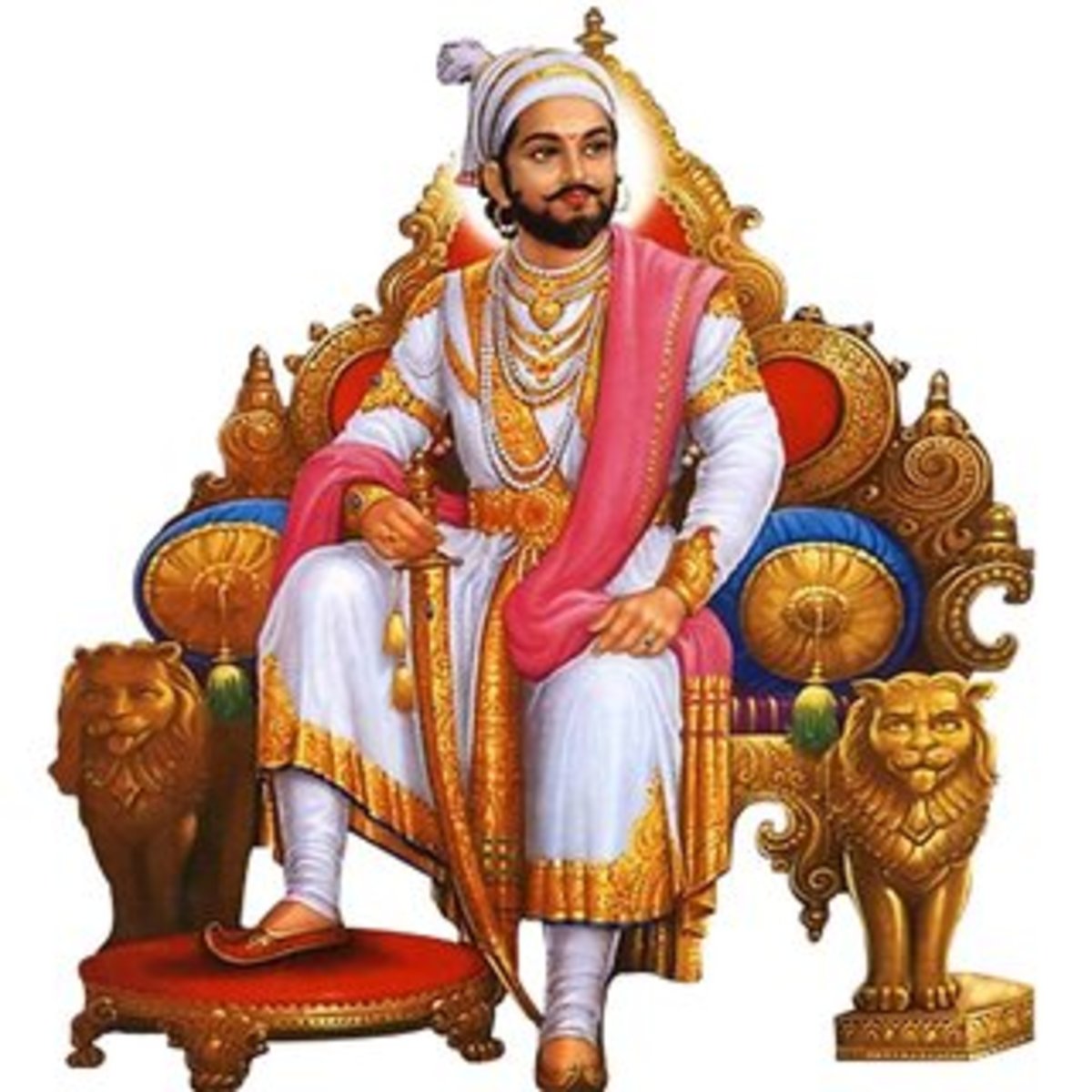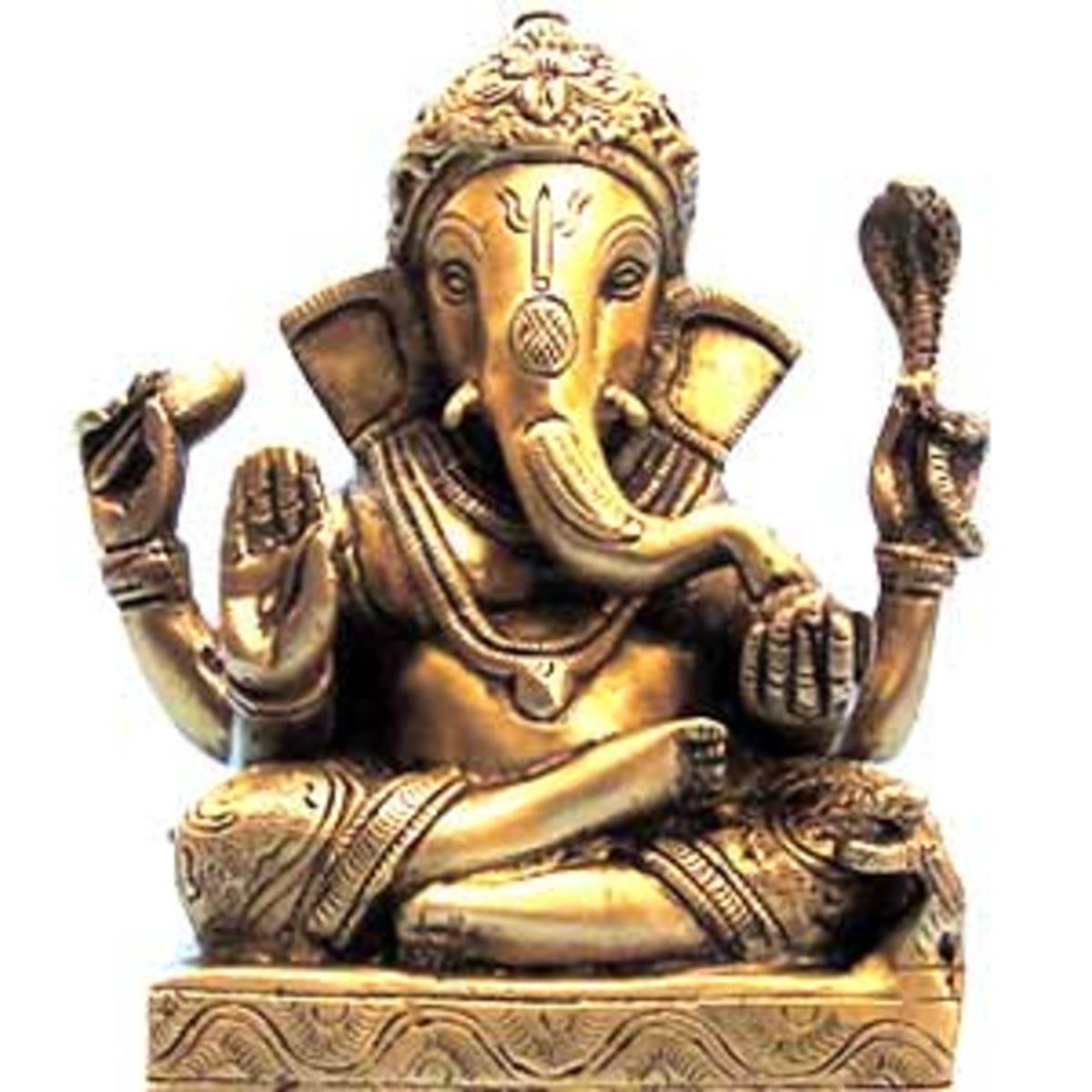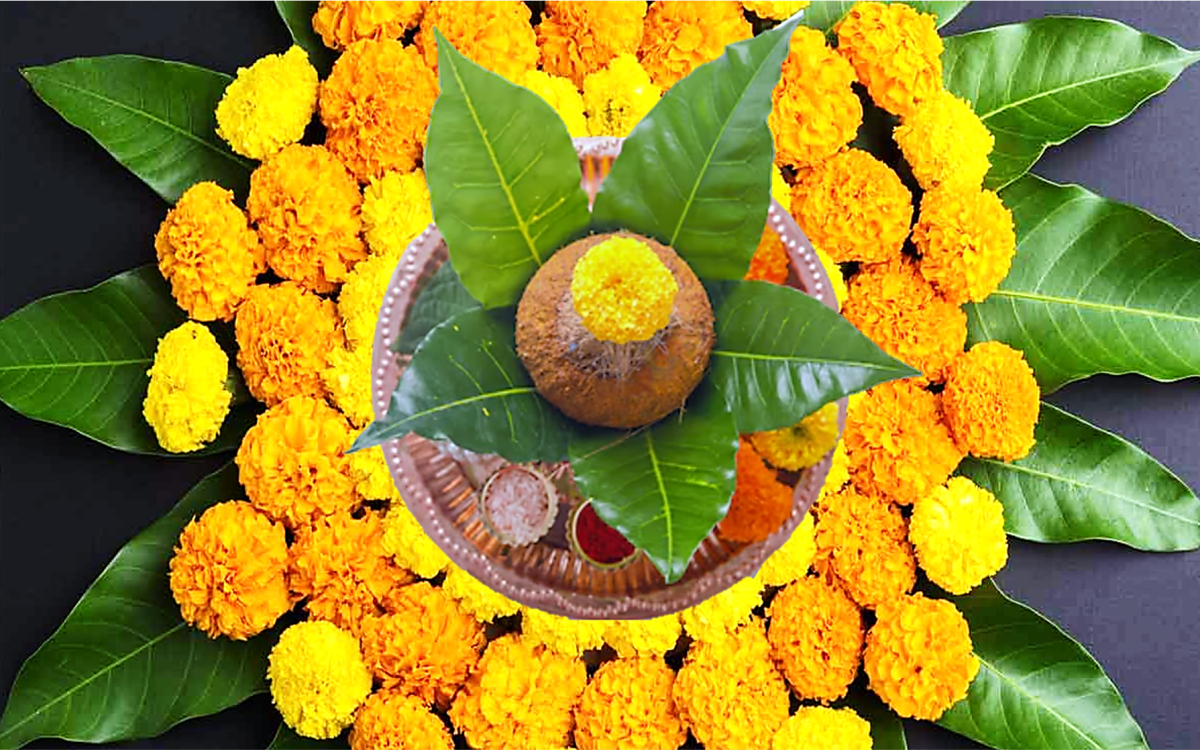All in the name of the holy cow: Its life doesn't matter but its death does.
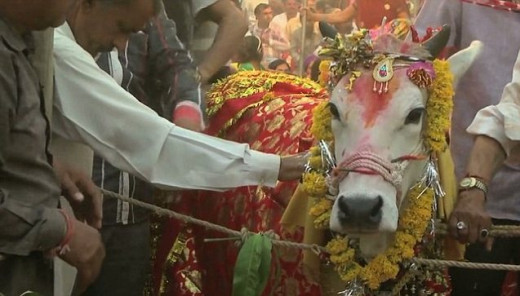
A violent strike
It was about 10 pm in a small village in Uttar Pradesh, one of the most populous states of India. A meeting was addressed at a temple. The priest made an announcement that rattled the august gathering, sending shock waves down every spine. A group of some 100 villagers barged into the house of one 50 year old blacksmith, Mohammad Akhlaq, dragging him outside, pelting stones and beating him to death. His 22-year old son was left in a pool of blood and critically injured.
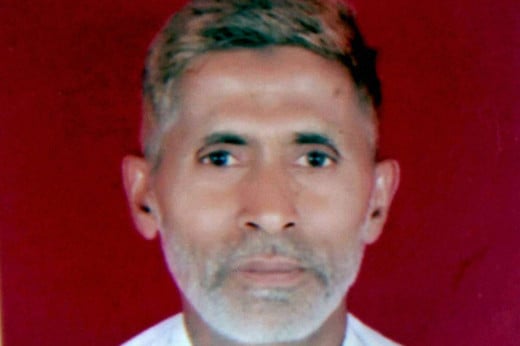
A man died and another left injured in a public display of horror, all for a speculation that the family had consumed beef - the holy cow had been slaughtered for the purpose of feast. There was no evidence, no intelligent guessing, but only religiously motivated herd of violent men gathered to exact vendetta. The poor man's family maintained that the meat they had consumed (and was still in the refrigerator) was mutton, but the cow-loving crowd had a firm faith that the man slayed had savoured the holy animal. A few arrests were made by the local police in connection with this ghastly incident but the mob provoking priest was let go after a brief quizzing.
Occurrence of such an incidence in an educated, civil, supposedly secular and religiously tolerant society is both surprising and thought provoking. What circumstances have led to such violent displays of rage? Why has the human life lost value? How does religion preach saving the life of an animal but at the same time justify the lynching of a human?
The cow and the Indian society
When I talk about the Indian society, I am talking about an amalgam of various religions, schisms among those religions, castes and different regional cultures. It is very difficult to define the Indian society and derive a generalization from it. Most of us, much to the chagrin of a lot of people, confuse Indian society and Indian virtues with those of the majority population, the Hindus. The Hindu society has become a substitute jargon for the Indian society. On paper, it is a horrible mistake but a more pragmatic thinker will be able to see that it stands true in practice. Though I wish I could deny, I too tend to use these terms alternatively, a trend that shall continue in this piece too.
The Hindus (I am trying my best to not to confuse Hindu and Indian society as a whole) do not worship the cow as such. Though the vehement Hindu orators scream their lungs out about ‘gau-mata’ (read ‘mother cow’) and how Hindu it is to worship her, there is a little evidence in the Vedas that cow was worshipped. In ancient India it was not uncommon to offer the sacrifice of bulls to appease the deities and consume their meat, although the milch animal, the female, was spared. It is quite interesting to note that the vedic set of regulations did not discourage meat-eating, although it did try to foster vegetarianism. The later advent of Jainism and Buddhism popularized the notion of completely vegetarian diet in the Indian society.
Should cow be worshiped in India?
So where does the cow stand? The truth is, Hindus consider cows to be revered animals. In fact, all animals are thought to be revered and the cow, the gentle, all giving, beloved and harmless animal is considered to be the representative of the subhuman fauna. Cows, in the Hindu mythology are supposed to be the offspring of ‘the cow’ named ‘Kamadhenu’. Kamadhenu is considered to be a magical cow in the Hindu mythology. She originated from the samudra manthan or the churning of the cosmic ocean, which was (according to the mythology) undertaken to find the juice of immortality or the amrita.
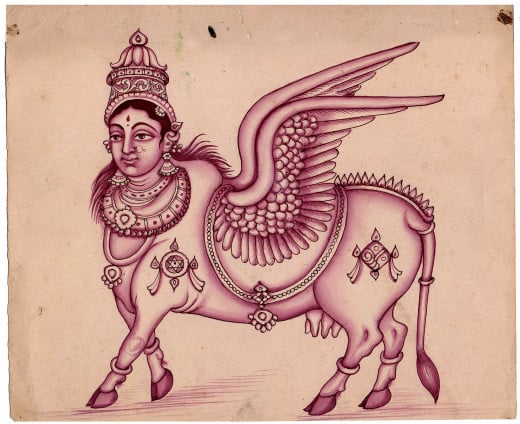
Kamadhenu came out during the churning and was taken by God Vishnu (one of the primary gods of Hindus) and given to the sages so that its milk and ghee could be used as offerings in religious practices. She could bless its owner with anything and thus achieved a goddess like status in the ancient scriptures. Today’s cow is the symbolic Kamadhenu and, therefore, is a sacred animal for the Hindus. It provides its owner with milk and milk products, its urine is supposed to possess medicinal powers and the cow dung is used as domestic fuel. To a layman it’s a blessing that she needs only water, shelter and grass to provide him with so many blessings. It is worthwhile to note that Kamadhenu isn’t worshipped as such. There are no temples in her honour and there are no prayers or special religious offerings made to her like a worshipped deity in Hinduism. Thus, the whole notion of cow being a worshipped animal in Hindu culture is a myth.
The horrors of the dairy industry
I expect a lot of backlash when I say that the cow is isn’t a worshipped animal. However, if the present situation of the cow is any indication, the cow doesn’t even seem to be a revered animal! Anybody visiting India can tell stories about how amazed he/she was to see a cow blocking the traffic on highways or even leading to accidents and no one even trying to hoonk them out of the way. Yes, these are cows, on the highways. One has to wonder how the revered animal ended up like that on the streets, eating filth, plastic garbage and dying a slow death in scarcity of food and water. These animals are the by-products of our dairy industry and I for one believe that their life in the dairy industry even isn’t better than this.
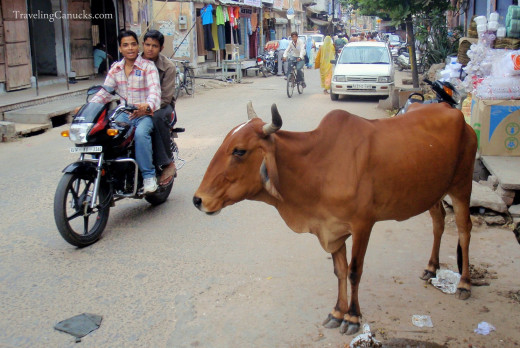
The recently calved cow is the one that milk comes from. The calving process needs to be repeated at a fixed particular interval to maintain the supply of milk. A cow produces milk for her calf, but the calf is separated from its mother within days of its birth. The separation is an emotional stress to both the calf and the mother. However, it is necessary for increasing the milk production. The calves that are separated are devoid of their mother’s milk and they have a life of suffering in front of them especially if they are males. The male calves are generally sent to slaughter in other countries but in a country like India where the slaughter is banned in a few states, they are just abandoned to die of starvation.
Caution! The video might seem disturbing to some.
The female calves that are left don’t have a better life either. They are cramped into small pens where they hardly have any space to move. The unhealthy conditions at the dairy farms lead to disease and discomfort. The repeated cycles of impregnation combined with hormone shots and antibiotic have led to massive increase in the milk production over the time but leads to deterioration in the health of the milch animal. A cow that is supposed to produce milk for about 8 years in its life of about 20 years, becomes useless for dairy production after 3-4 years only. After that the cow is sold to small farmers who again impregnate the cow for one or more years to draw out milk, lower in yield, before they are abandoned and end up on road dying a slow death. Basically, the female calf ends up at the same spot like the male but much later in life and not before suffering more than the male counterpart.
What to do with useless milch animals?
The milk or beef conundrum
We, in India, feel extremely proud of our status as one of the leading milk producers in the world but at the same time despise the label of leading exporter of beef. This is a mere reflection of our hypocrisy as obtaining milk is as painful and traumatic an experience for the cow as obtaining beef is. Even if we were to look at it economically, the milk industry is sustainable due to the by-products like beef and leather. No matter how hard it seems to digest but the facts never lie. The increase in the milk production in India was similar to the increase in the production of beef. Does that co-incidence ring a bell?
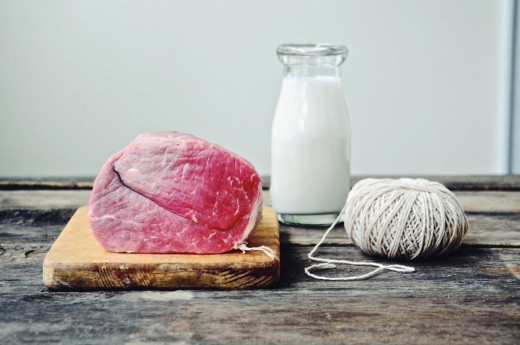
Having said that beef and milk are the two sides of the same coin, let me now dissect the popular belief about milk. Milk is indeed a complete food, but for the calf. The calf is devoid of its mother’s milk which is diverted to human consumption. The milk contains the lactose sugar that is digested by the lactase enzyme. However, after around two years of age, there is a decrease in the lactase production that leads to imperfect digestion of milk. This ultimately leads to lactose intolerance, which is a common phenomenon among majority of human population.
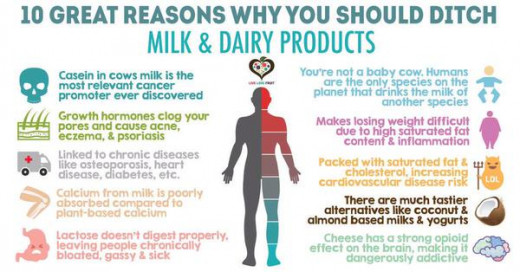
Consumption of dairy products causes nausea, bloating, cramps, gas, headaches and vomiting in lactose intolerant individuals (includes the author!). I, for one, find it extremely amusing that humans are the only species that consume milk even in adulthood! Milk contains proteins that may incite allergic response in sensitive people. Moreover, the environmental cost of milk is extremely high. According to an estimate about 20 litres of water goes in the production of one litre of milk. The amount of green house gases produced puts a serious question mark over the environmental sustainability of dairy industry.
The rising awareness about the negative impacts of the dairy practices has led to the emergence of the ‘vegan’ movement. Vegans look to salvage the world from all suffering and pain by denying any animal derived foods which includes milk.
Whats in your glass of milk??
One glass of milk contains
|
|---|
135 million pus cells
|
Bovine Growth Hormones
|
Antibiotics
|
Feces
|
51 milligrams of cholesterol
|
300 calories
|
16 grmas of fat
|
calcium from bones
|
The political cow?
One tends to think, if the cow is not so worshipped and India is already one of the leading exporters of beef, how does the calm animal like cow become the face of a violent revolution? The answer lies within the complexity of Indian political system painted in the religious colours. It is a universally accepted fact that politics and administration in India is driven by religion, which saw the country break up into pieces in the past. The religious sentiment is often cashed upon by the power hungry politicians to earn trust and vote. Back in the 1940s when India was still under the colonial rule, the local administration was elected by the Indians and there was a majority of Hindu representation. The Muslims grew insecure and their insecurity led them to believe that if the English were to leave India, the administration will fall into the hands of the Hindus and they’ll be treated as an afterthought. This planted the seeds of partition which saw the country divide into a country for Muslims, Pakistan and a country for the rest, India. Somehow, the life has come back full circle. However, the roles have reversed.
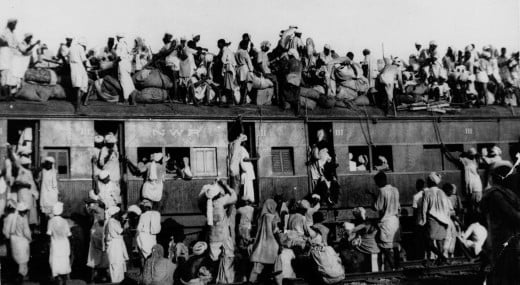
With the prevalent trend among the state administration to cater more to the Muslim orthodoxy (despite them still being in the minority) has led to some sort of discontentment and insecurity amongst the majority Hindus. It is not so uncommon in India to be labelled as communal if you stand for the rights of the majority while a brass of politicians takes so much pride in calling themselves secular by simply wearing a Muslim cap. This hypocrisy has inadvertently but eventually caused stir among the Hindus who have started to feel oppressed and resort to some new means.
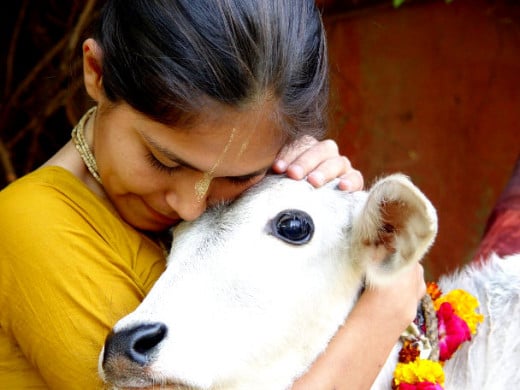
For long, Hinduism has been linked to non-violence and tolerance. Hinduism, not being a typical rigid religion but a simple way of life, is extremely accommodating and flexible when it comes to religious practices. However, this soft and benevolent nature of Hinduism is being perceived to be taken for granted as the policy makers turn the blind eye towards the Hindus and favour the Muslims with a nasty intention of keeping the nation divided and reap political benefits. Thus, there is a new wave of extremism has ushered into a new school of thought, the Hindutva. A few days back I read an article by Mr. Devdutt Pattanaik, who analyses closely the rise of this extremist outfit. In his words, Hindutva, the new form of Hindusim doesn’t see lord Shiva as the soft Bholenath, but as the violent Rudra; and no longer sees the goddess as demure Gauri but as the Kali or Durga. Hindutva believes that India is Hindustan and the Hindu must rise and rule the nation. The Hindu orthodoxy is at the heart of the Hindutva ideology that blatantly locks horns with its Muslim counterpart and the symbolic beginning of this clash of titans is the serene animal, cow.
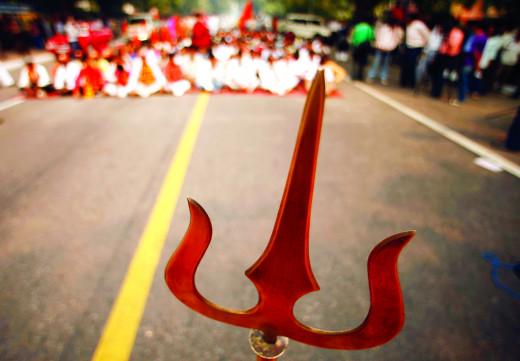
Cow slaughter has been seen as anti-Hindu and has become the pro-Muslim stereotype. The ongoing controversy over the beef ban in the country provided the spark the flamed the emotionally fuelled Hindutva activists. Acts of violence have now garnered a new motive to be presented as justification as the cow slaughter rings a sympathy bell in hearts of even those who aren’t staunch followers of Hindutva. Lynching of a Muslim man is just a beginning and it is a movement that our government, that thrives on the religiously motivated lines, will find difficult to control. There are and there will be more incidences of violence that will definitely lead to backlash and a tense atmosphere and instability in the nation. It’s a sad state of affairs that the cow has amassed a huge fan following and a following that can kill anyone for her safety but can hardly understand her plight and safeguard her interests.
Today when I complained about the poor quality of tea, the tea vendor alleged that the cow’s milk isn’t good anymore. May be its time for that holy cow to enter the dilemma of living a nomadic life feeding on plastic or just give it up to the butcher’s knife. Hindutva, I hope you reading.

